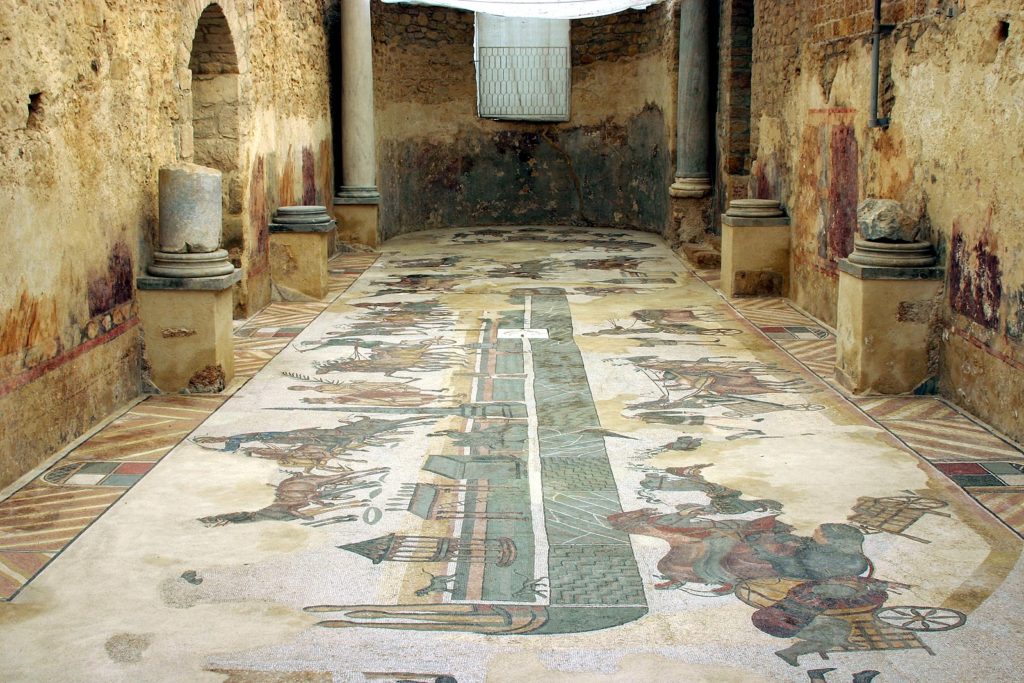Nestled in the Villa Romana del Casale in Piazza Armerina, Sicily, the Mosaic of the Great Hunt stands as a striking emblem of the Roman Empire’s wealth, power, and dominance. Created in the 4th century AD, this expansive mosaic spans 60 meters (197 feet) and vividly depicts the grandeur and brutality of Roman hunting practices, where exotic animals were captured for the entertainment of the elite. It’s not just a masterpiece of ancient art—it’s a window into the Roman worldview, where dominance over nature was a symbol of control and prestige.
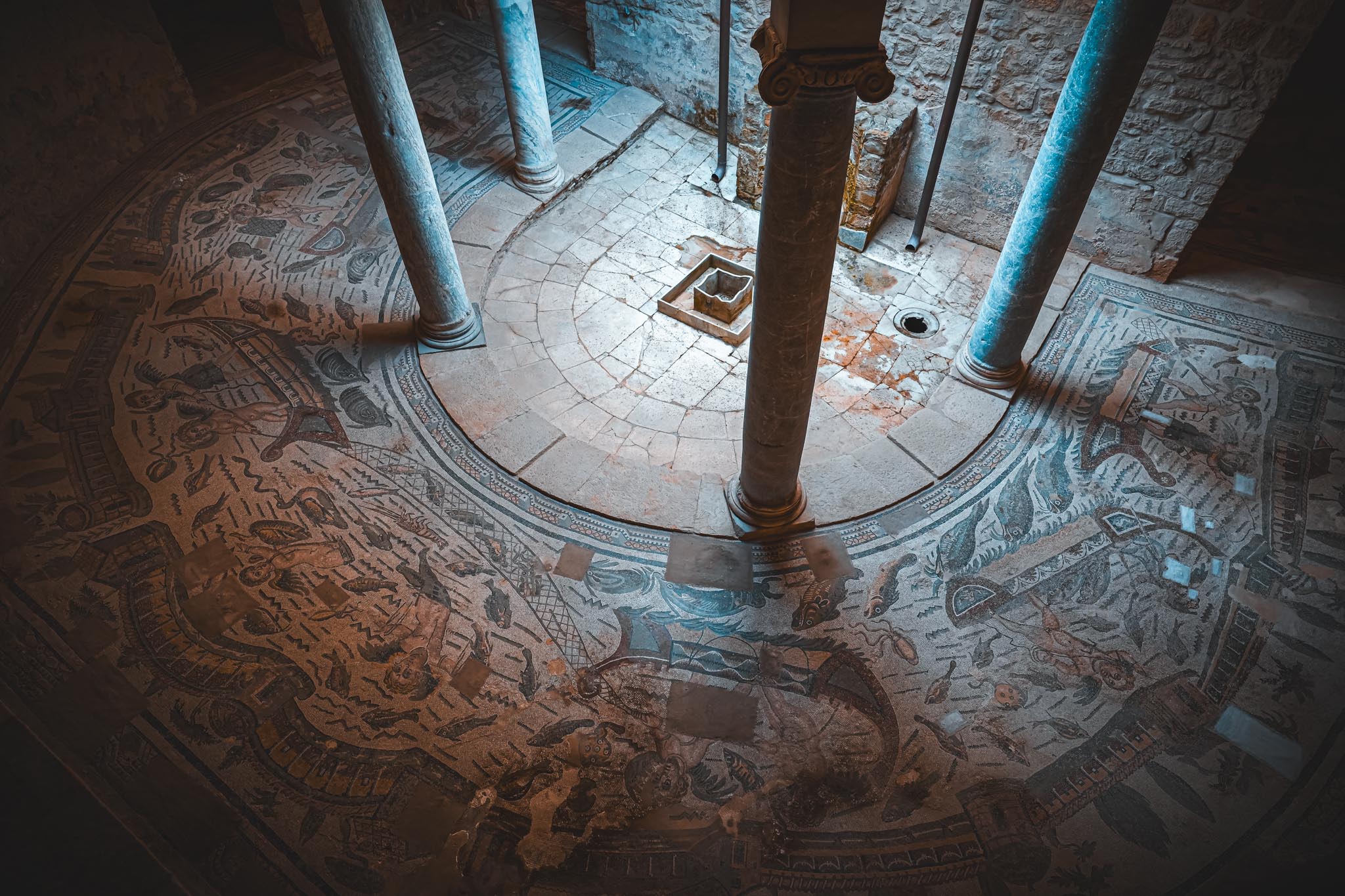
Roman Power Through Spectacle
The Great Hunt Mosaic is more than just an artistic achievement; it is a powerful statement about the Roman elite’s relationship with power. In Roman society, hunting was not just leisure—it was a public spectacle that underscored the wealth and status of the elite. The act of capturing and taming exotic animals became a means to demonstrate their control over the natural world. This mosaic, with its dramatic portrayal of wild animals such as lions and leopards being captured, embodies the brutal reality of Roman power—where the empire’s reach extended over both people and nature.

The scene depicted in the mosaic shows the raw spectacle of the hunt, designed to entertain and awe Roman audiences. The elite were able to import these rare creatures from far-flung corners of the empire and use them as symbols of their dominance. By showcasing their power over these formidable beasts, the ruling class reinforced their status and ability to subdue all that lay in their path.
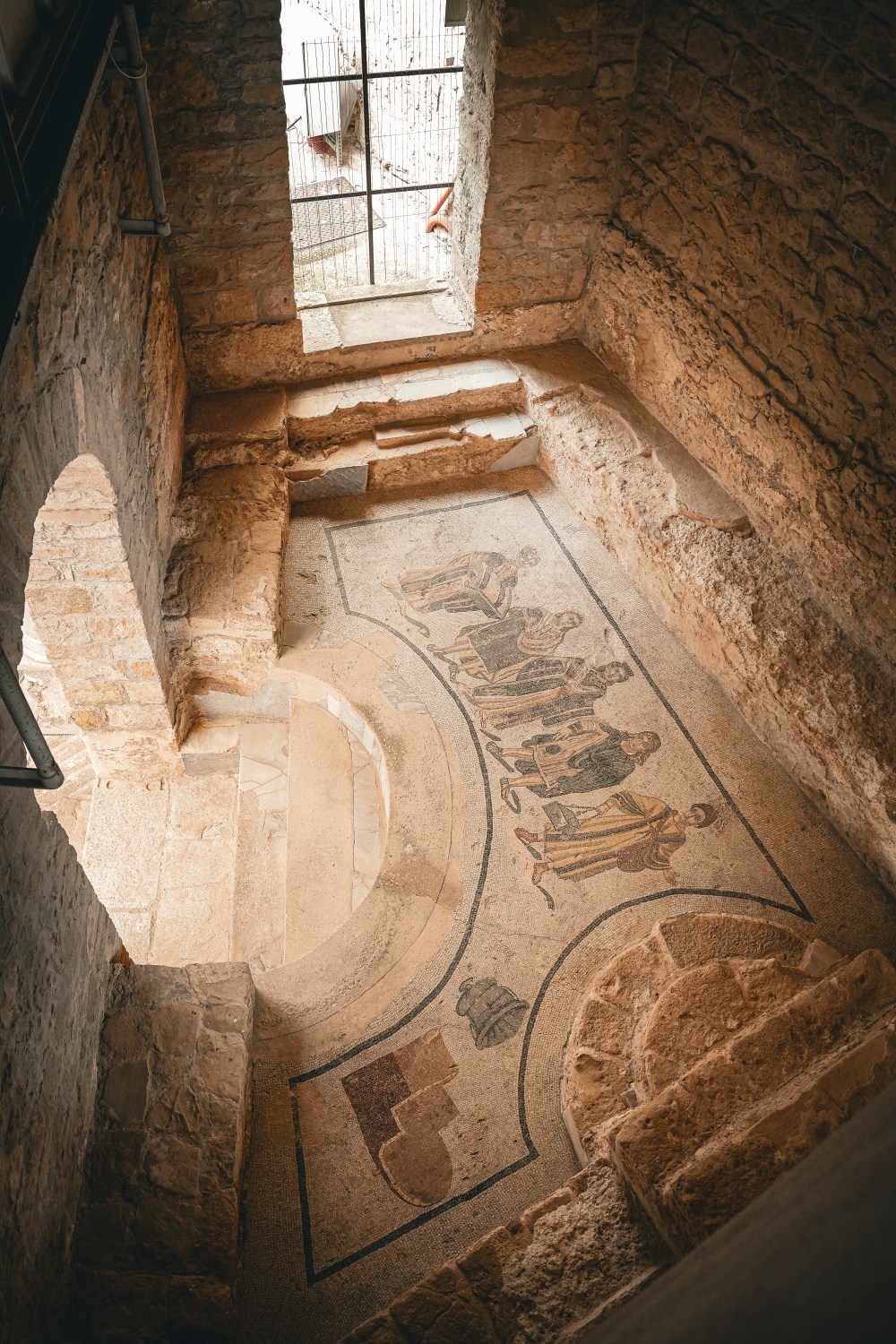
Artistic Brilliance and Technical Mastery
The Great Hunt Mosaic is not just an expression of Roman culture; it’s a testament to Roman artistic brilliance. Crafted from thousands of meticulously arranged tesserae, this mosaic brings to life the dramatic action of the hunt. Animals are depicted in mid-pounce, and human figures are shown in dynamic motion, capturing the excitement of the chase. The use of vivid colors and intricate details demonstrates the advanced technical skills of Roman artisans, whose work in mosaic-making reached its pinnacle with pieces like this one.
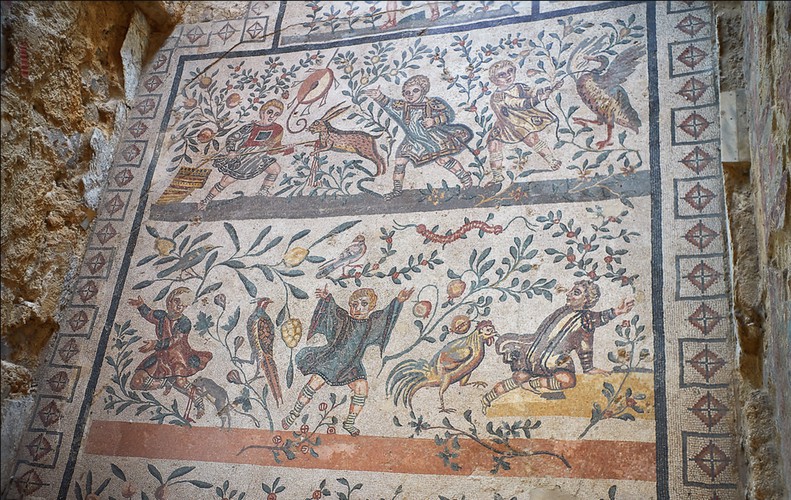
Its scale—60 meters long—along with the precise and lifelike portrayal of the animals, highlights the skill and resources dedicated to creating such an elaborate work of art. This mosaic wasn’t simply for decorative purposes; it served as a statement of luxury and indulgence.
A Reflection of Roman Society
The Great Hunt Mosaic speaks volumes about Roman society, revealing the empire’s values and priorities. It underscores the extravagance of the Roman elite, for whom public displays of wealth were essential. Through the act of hunting exotic animals, the elite were able to exhibit their power and control in a way that was both visually stunning and morally unsettling. The mosaic also serves as a chilling reminder of how the elite used violence and domination to maintain their status.

Beyond the gruesome spectacle, the mosaic is an important cultural artifact that reveals the way the Romans used art to glorify themselves. Hunting was not just about the thrill of the chase—it was an important social tool that reinforced hierarchy, control, and the empire’s obsession with excess.
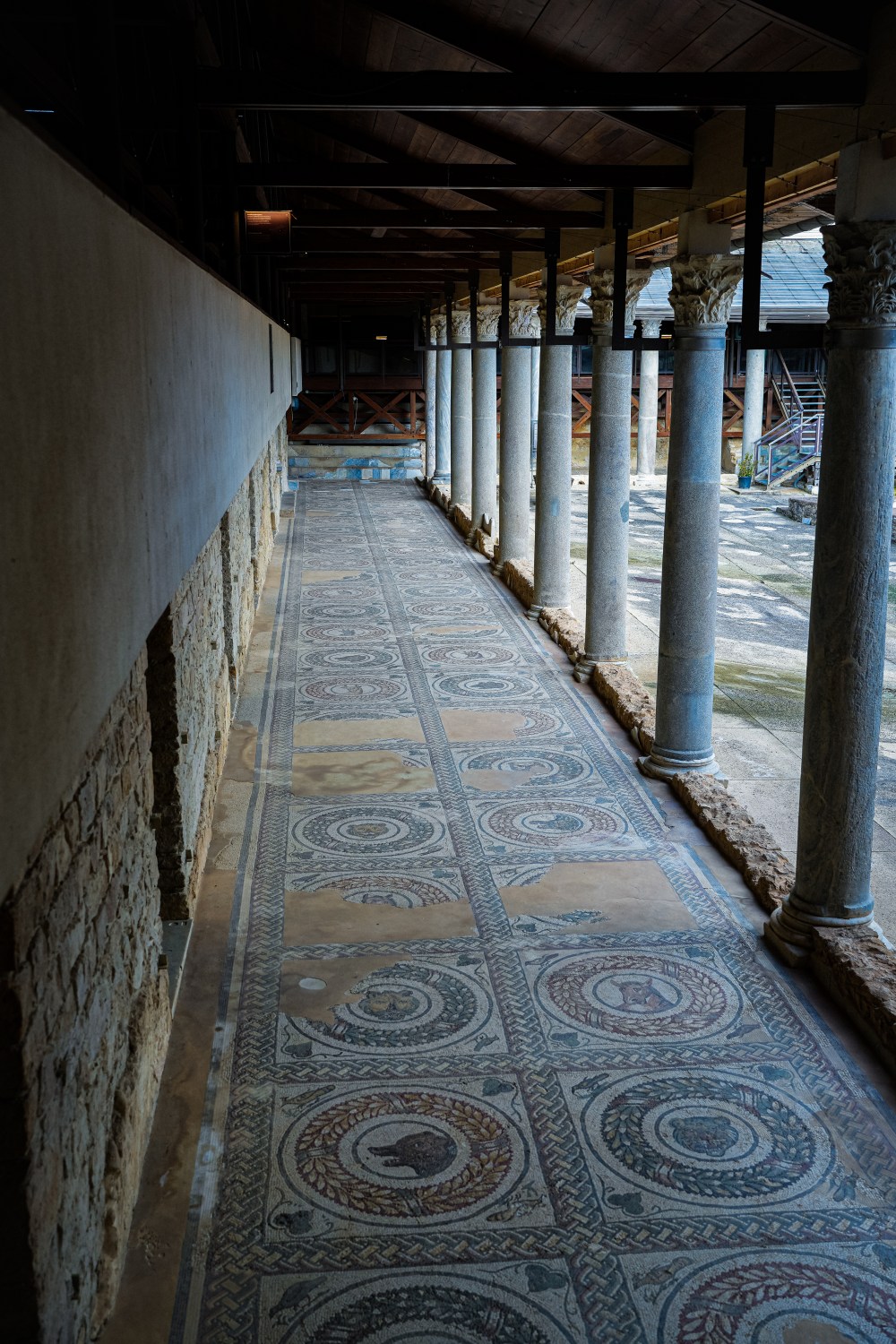
Conclusion: Power on Display
The Mosaic of the Great Hunt is a monumental symbol of Roman power and excess. More than just an artwork, it serves as a brutal reminder of how the Roman elite demonstrated their superiority over both nature and other peoples. Today, the mosaic stands as a stark reminder of the lengths to which the Romans went to flaunt their dominance, using art and spectacle as a means to reinforce their position at the top of the social hierarchy. It is a powerful testament to the opulence and violence that characterized the Roman Empire.
